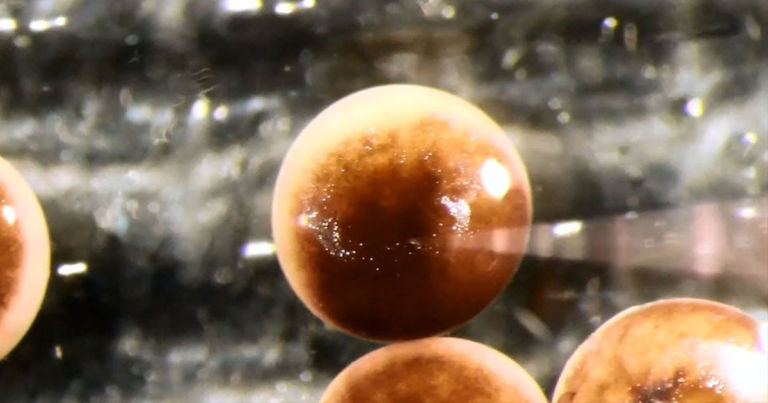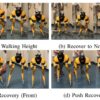A team of researchers have built what they claim to be the first living robots. The “xenobots,” they say, can move, pick up objects, and even heal themselves after being cut.
The team is hoping the biological machines could one day be used to clean up microplastics in the ocean or even deliver drugs inside the human body, The Guardian reports.
To build the robots, the team used living cells from frog embryos and assembled them into primitive beings.
“These are novel living machines,” research co-lead Joshua Bongard, robotics expert at the University of Vermont, said in a statement. “They’re neither a traditional robot nor a known species of animal. It’s a new class of artifact: a living, programmable organism.”
The millimeter-length robots were designed by a supercomputer running an “evolutionary algorithm” that tested thousands of 3D designs for rudimentary life forms inside a simulation. The scientists then built a handful of the designs, which were able to propel themselves forward or fulfill a basic task inside the simulation using tweezers and cauterizing tools.
The tiny robots had about a week to ten days of “power” courtesy of living heart muscle cells that were able to expand and contract on their own.
And they were laborious little critters. In tests outlined in a paper published in the journal Proceedings of the National Academy of Sciences today, some were able to push tiny pellets into a central location on dishes of water, while others carried an object around.
The biological robots have an advantage over their much larger metal or plastic brethren — they leave no trace behind.
“These xenobots are fully biodegradable,” Bongard said…



